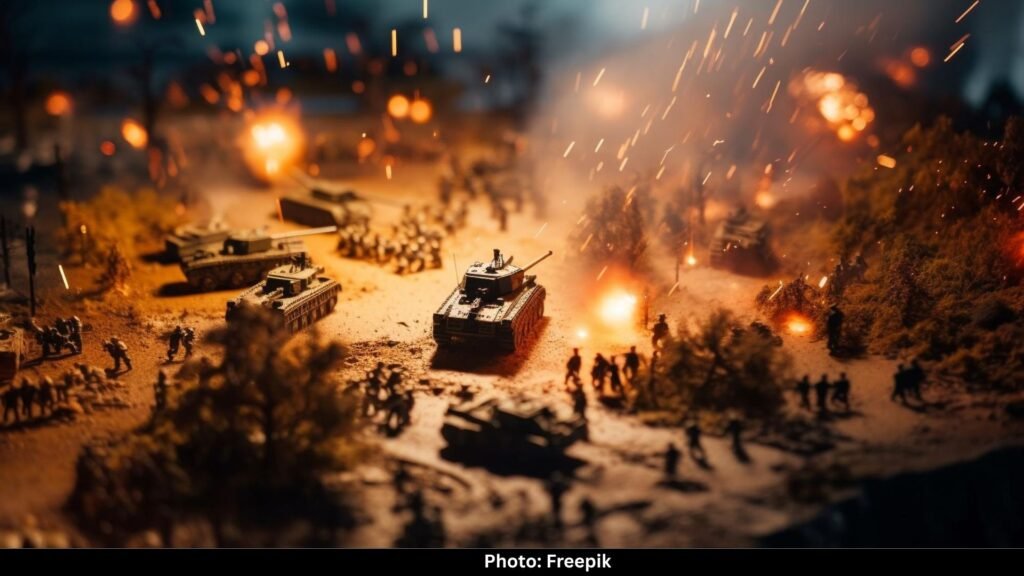When people talk about World War I, the first image that often comes to mind is the trench. Long, muddy lines carved into European fields, stretching for miles, where men lived, fought, and died. The war itself was massive, reshaping nations and societies. But if you zoom in, past the maps and the treaties, what you really find are human beings in the dirt: frightened, stubborn, exhausted, and sometimes laughing in spite of it all.
This isn’t a story about generals moving armies on a board. It’s about the ordinary soldiers who spent years in trenches, trying to stay alive while holding onto a sense of dignity, humor, and sanity.
Digging In: How Trenches Defined the War
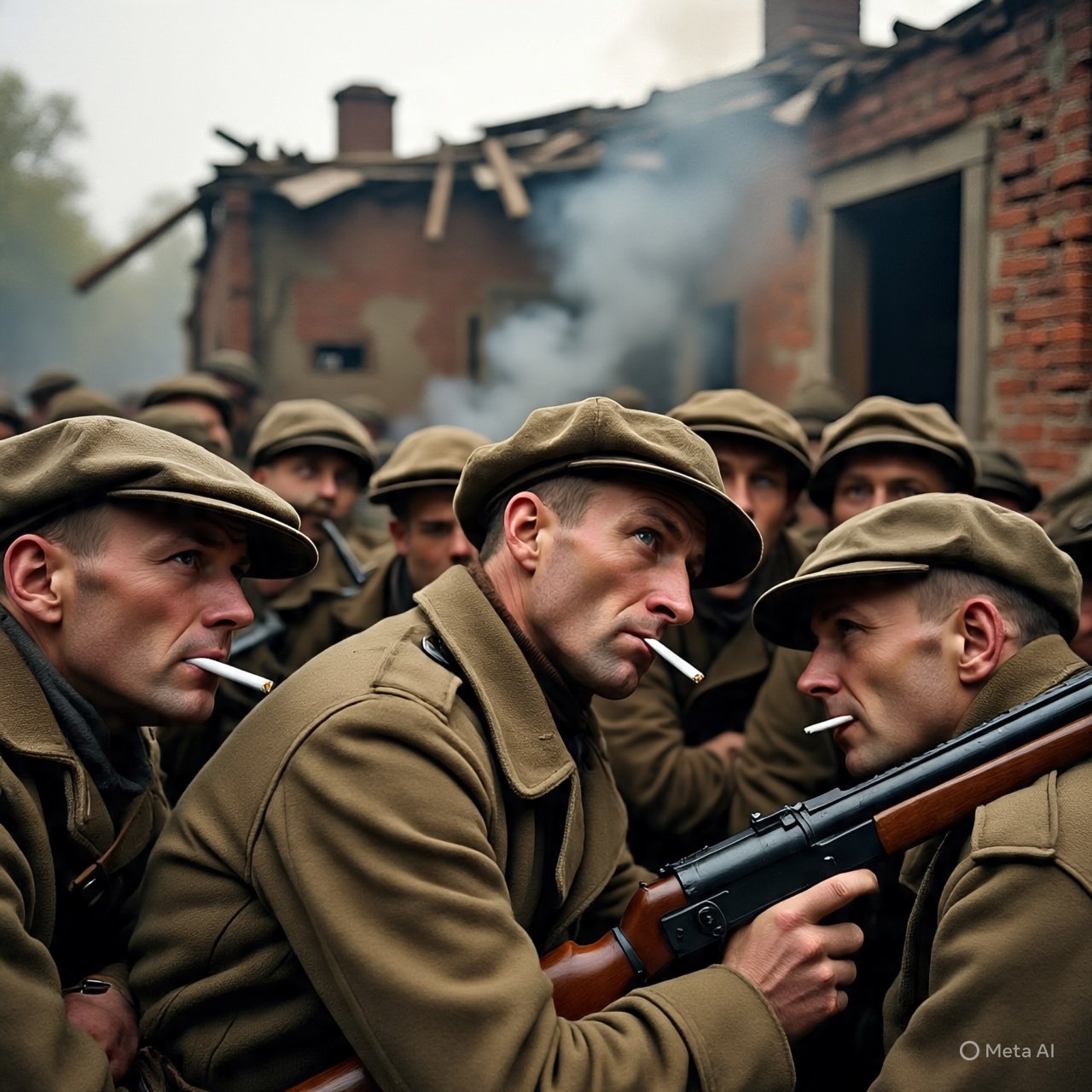
Here’s the thing. No one went into the war expecting to dig themselves into the ground and stay there for years. At the start in 1914, both sides believed it would be quick. But when machine guns, artillery, and barbed wire turned open battlefields into slaughterhouses, armies had no choice but to dig for cover.
By the end of 1914, a line of trenches ran from the North Sea to Switzerland. It wasn’t just a ditch. It was a system: frontline trenches, support trenches, communication trenches, all connected like veins. Soldiers lived, fought, and sometimes died without moving more than a few hundred yards for months at a time.
Daily Life in the Mud
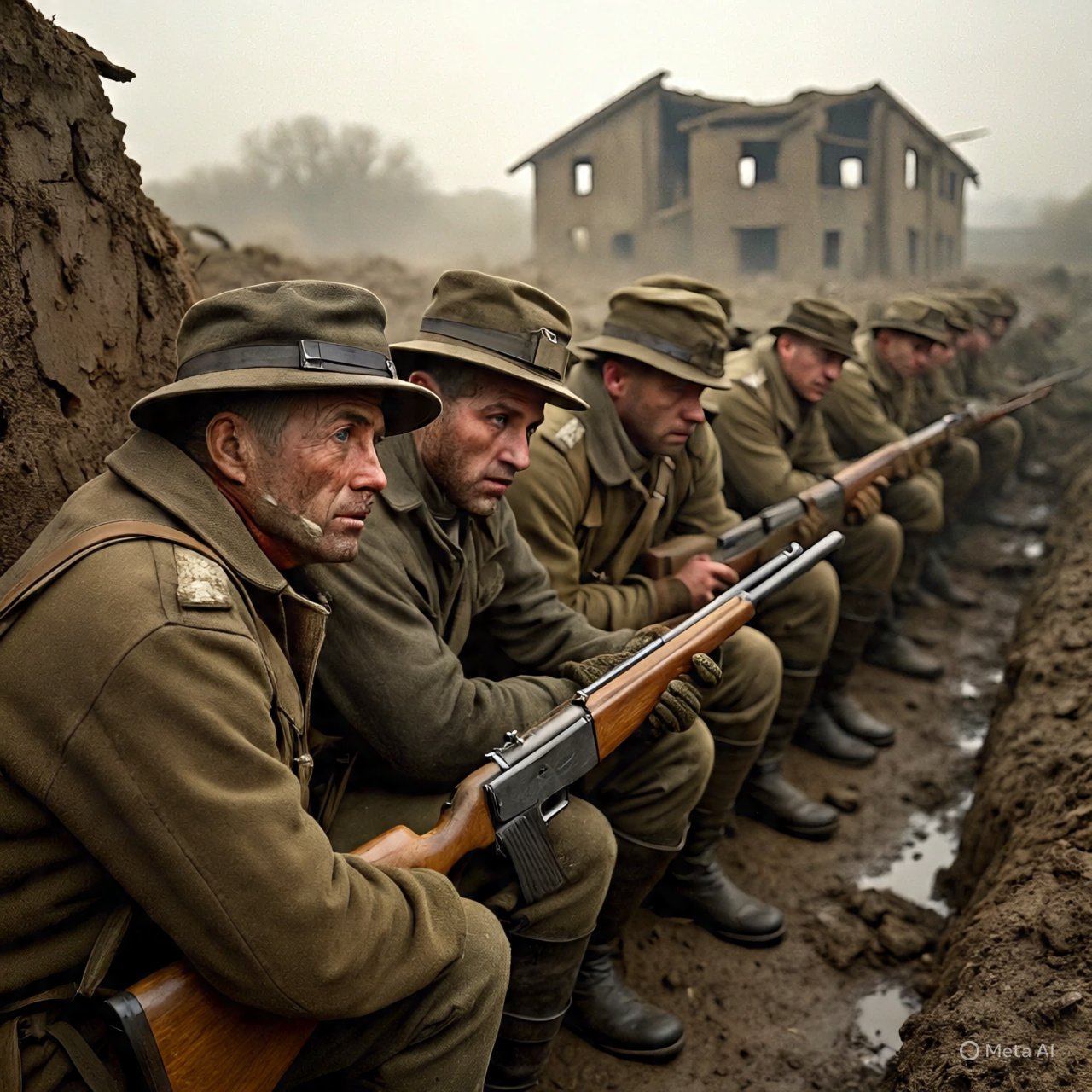
If you imagine trenches as simple ditches, think again. They were complex but miserable. Walls were reinforced with wood or sandbags, floors with duckboards to stop soldiers from sinking into knee-deep mud. But rain, snow, and artillery fire constantly destroyed those efforts.
Mud got everywhere. It soaked uniforms, clogged rifles, swallowed boots. Rats feasted on scraps and sometimes on the corpses of the fallen. Lice infested clothing and skin, spreading disease and leaving men itching day and night. The phrase trench fever wasn’t a metaphor. It was a real illness caused by lice, leaving soldiers feverish and weak for weeks.
Food was repetitive and dull. Hard biscuits, tinned meat, sometimes bread if supply lines held. Soldiers joked about the taste, but behind the jokes was frustration. Hot meals were rare, and clean water wasn’t guaranteed.
And then there was the smell. A mix of mud, smoke, unwashed bodies, and sometimes death. New recruits often gagged their first week until they simply stopped noticing.
Waiting Under Fire
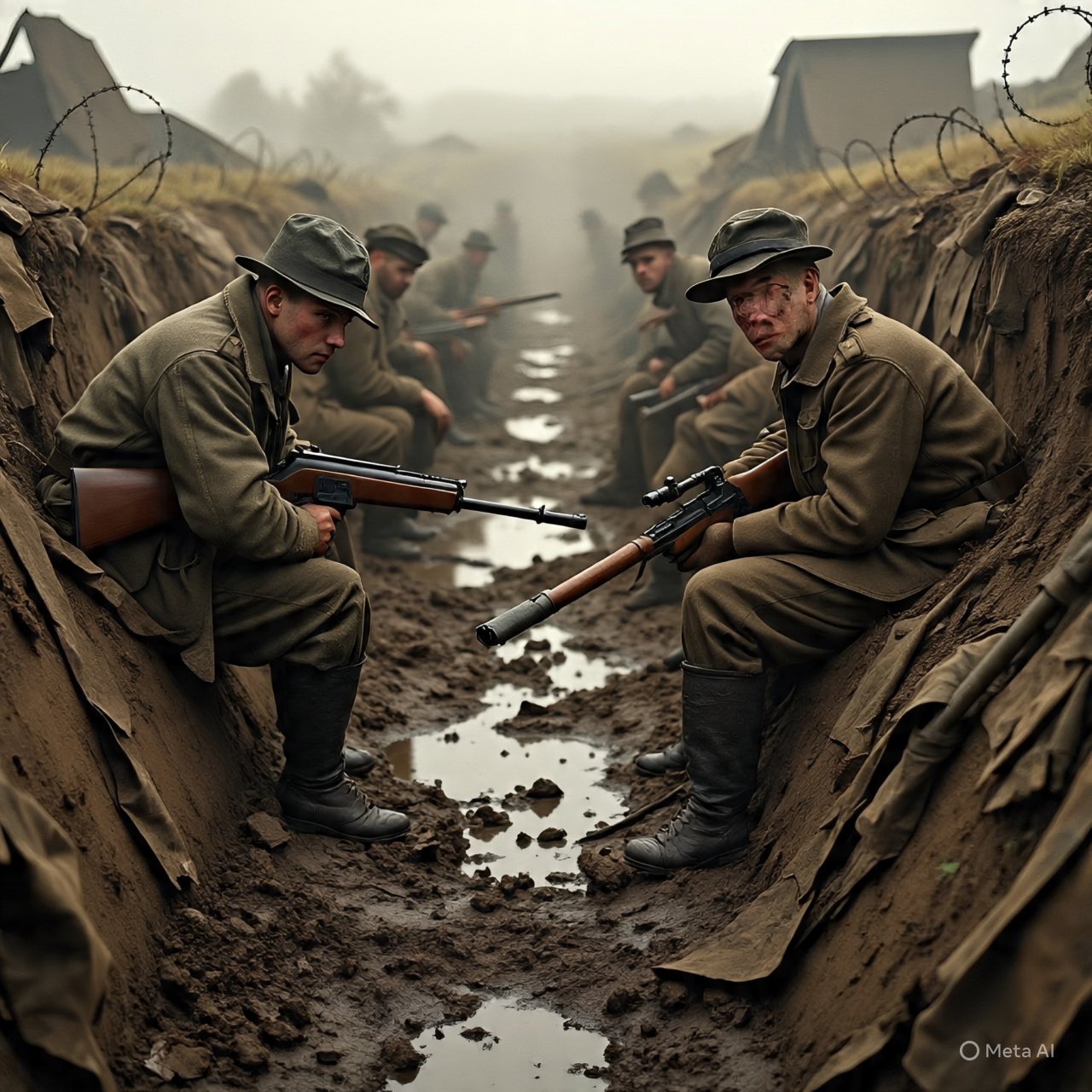
Combat wasn’t constant. In fact, much of trench warfare was waiting: waiting for the next bombardment, the next raid, the next order to go over the top. That waiting could be worse than battle.
Artillery shells could drop at any moment. You never knew if the next explosion would hit your section of the trench or land harmlessly a hundred yards away. The unpredictability wore soldiers down. Many lived with what we now call shell shock, suffering tremors, nightmares, sudden panic. Back then, it was often dismissed as weakness.
Night brought its own dangers. Patrols crawled into no man’s land, the space between trenches, to gather information or cut wire. Flare lights suddenly lit the ground, exposing anyone caught outside. Snipers waited for the smallest movement. Sleep was fractured, shallow, and often interrupted by gunfire.
No Man’s Land: A Place Few Survived
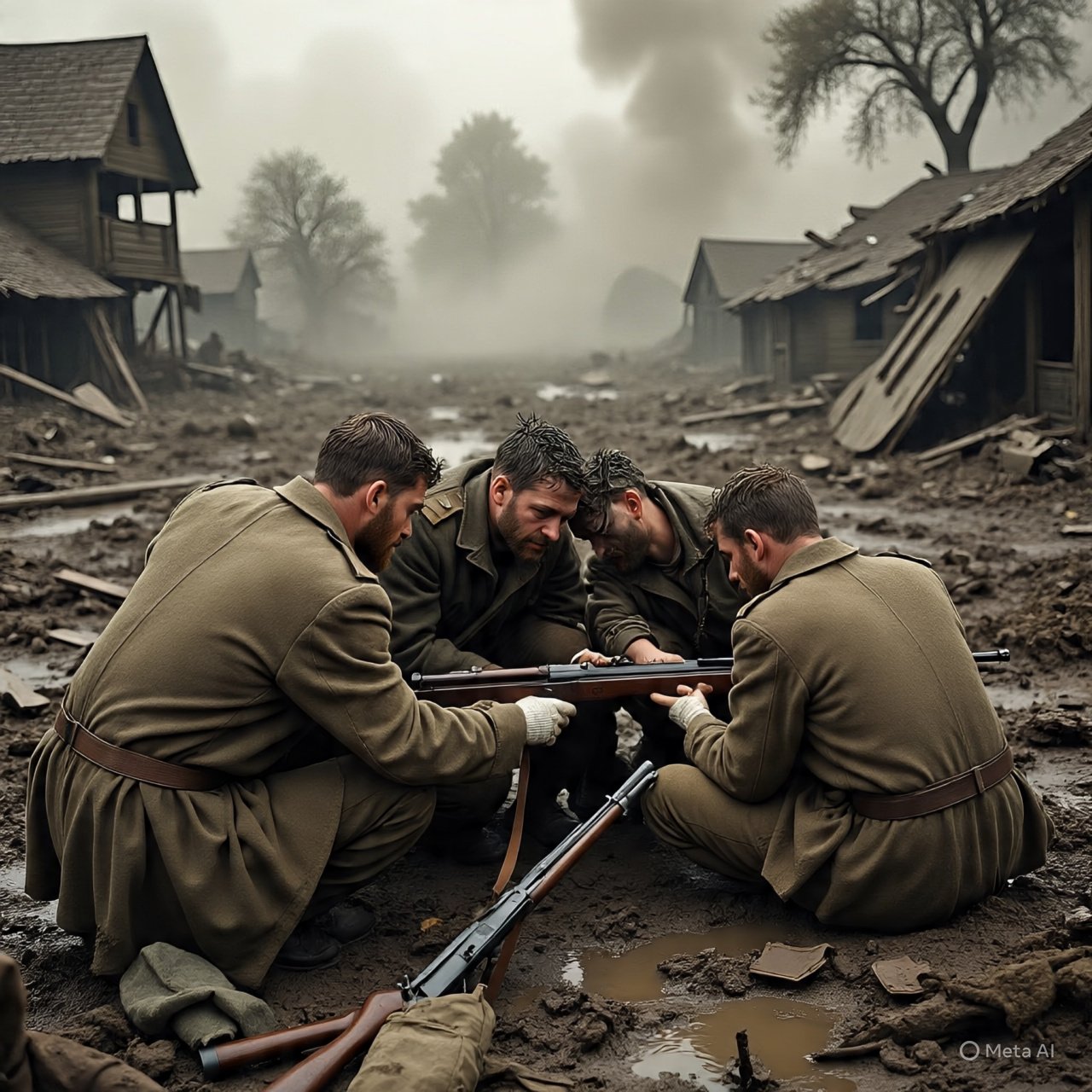
No man’s land wasn’t just empty ground. It was a wasteland of craters, shattered trees, and barbed wire. Corpses often lay uncollected, too dangerous to retrieve. For soldiers ordered to cross it, survival depended on luck more than skill.
Think about it: you climb out of your trench, burdened with gear, and sprint across open ground while machine guns rake the field. Some made it. Many didn’t. That image of soldiers charging, only to be cut down within minutes, became one of the most haunting symbols of the war.
But no man’s land wasn’t always silent. Sometimes soldiers shouted across to each other, trading insults or even small talk. During rare lulls, men on both sides could hear the other’s conversations, songs, or even laughter. The lines were close enough to remind you that the enemy was just another man stuck in the same mud.
The Christmas Truce: Humanity Amid Horror
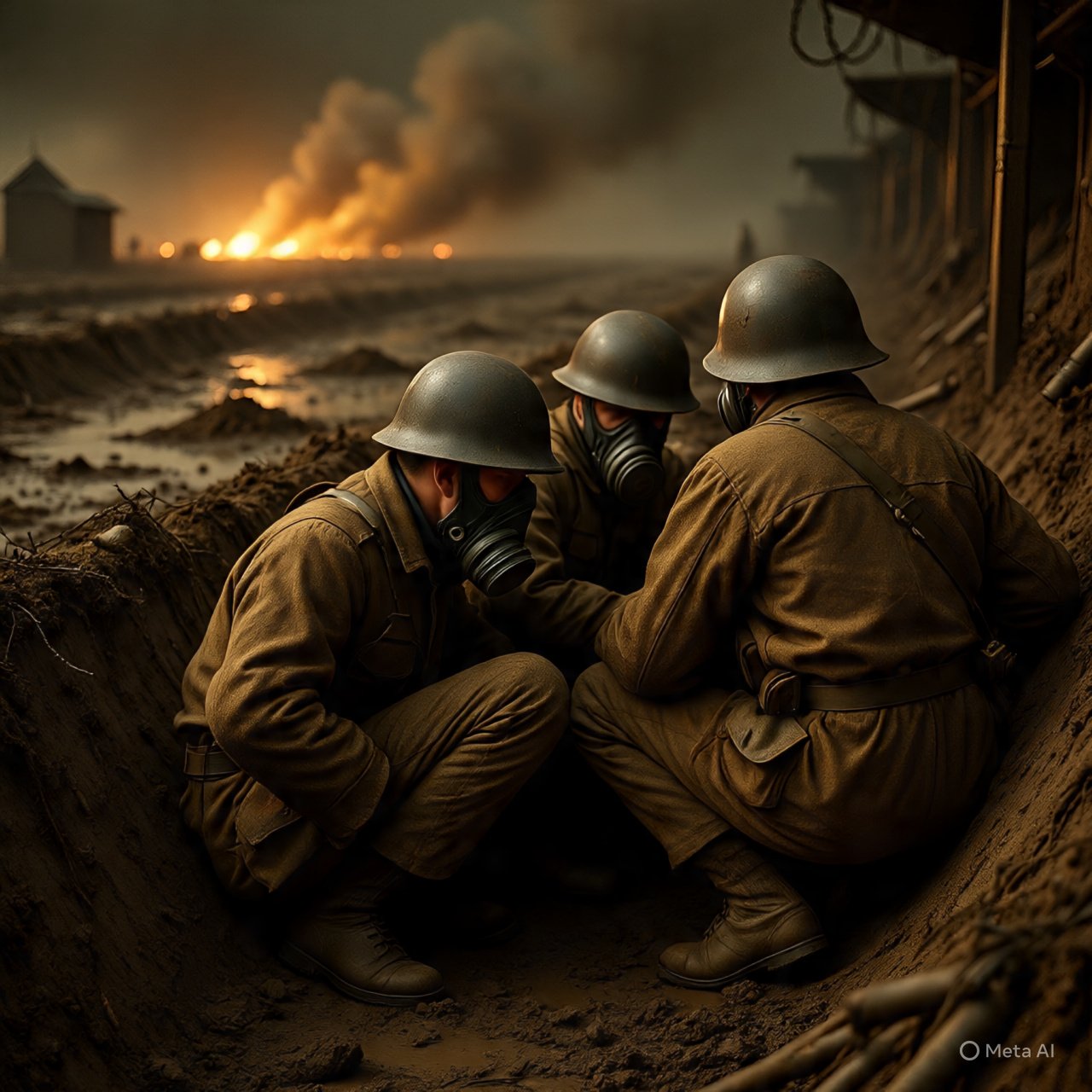
One of the most remarkable moments came in December 1914. Along parts of the Western Front, soldiers from both sides stopped fighting, climbed out of their trenches, and met in no man’s land. They shook hands, exchanged gifts, even played football.
It wasn’t universal, and commanders weren’t happy about it, but it showed something important: even in the middle of one of the deadliest wars in history, ordinary men could see each other as fellow humans. For many soldiers who experienced it, the truce was a memory they carried for life, proof that war was something imposed on them, not something they truly wanted.
Coping Mechanisms: Humor, Letters, and Brotherhood
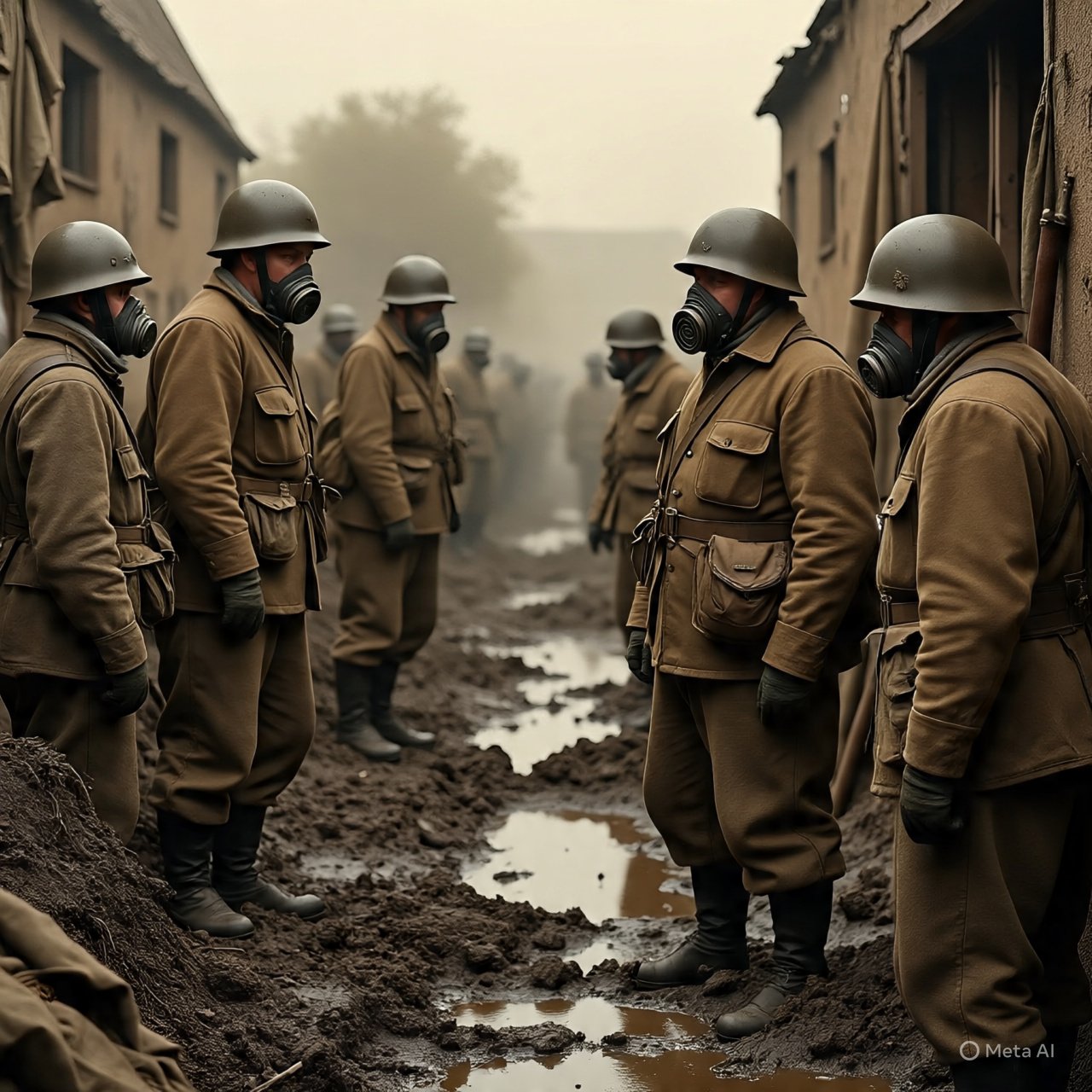
How did soldiers survive mentally? They joked. Gallows humor thrived in the trenches. Soldiers made fun of their rations, their officers, even their own chances of survival. Humor turned fear into something they could manage.
Letters were lifelines. Mail delivery was surprisingly efficient, and receiving a letter from home gave men something to hold onto. They wrote back whenever they could, often downplaying the horror to spare their families.
Most importantly, they relied on each other. Bonds between soldiers ran deep. A man might be terrified for himself but would risk his life to save his friend in the next dugout. The trench wasn’t just a military unit. For many, it became a second family.
The Sounds and Silence of War
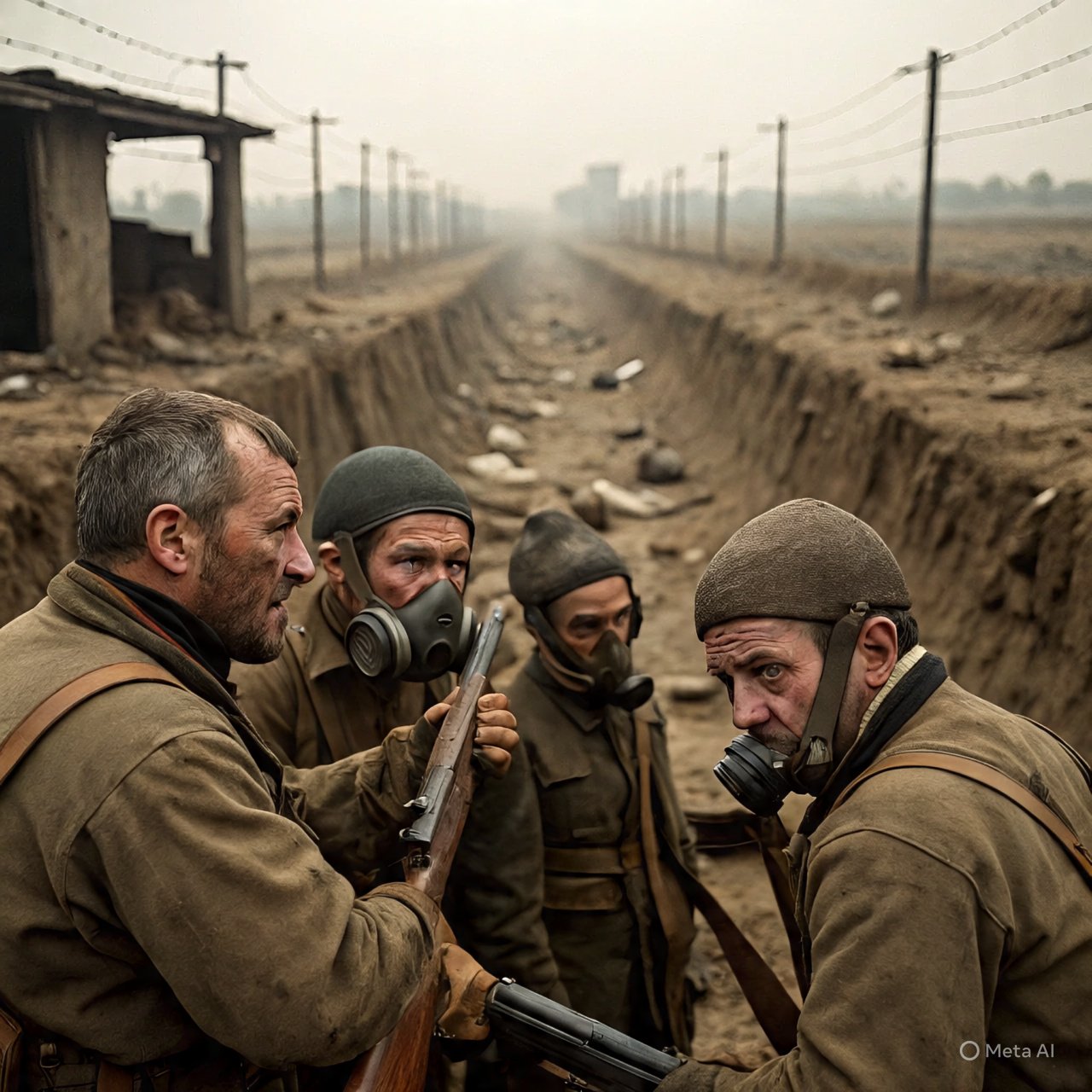
The trench had its own soundtrack. Days of thunderous artillery that made the ground shake. Nights of sudden machine gun fire breaking the stillness. The cries of the wounded carried across no man’s land.
But there were also moments of eerie quiet. Soldiers wrote about the unsettling silence after a bombardment, when the air was thick with smoke and dust, and you didn’t know if the next shell was seconds or hours away. That silence could be as frightening as the noise.
Death and Burial
Death was constant, but burial wasn’t always possible. In the chaos of battle, bodies often lay exposed. Sometimes soldiers risked their lives to retrieve a comrade’s body, driven by loyalty and respect.
When they could, men held small funerals in the trenches. A chaplain might say a few words, or sometimes it was just comrades lowering a body into the earth. There was no time for ceremony, but there was always a need for dignity.
Trench Innovations: Survival and Small Comforts
Life in the trenches forced soldiers to get creative. Helmets evolved from cloth caps to steel to protect against shrapnel. Gas masks became essential after the introduction of chemical warfare. Duckboards helped reduce trench foot, though not always successfully.
Soldiers also improvised small comforts. They carved dugouts for shelter, brewed tea or coffee when possible, and found ways to celebrate birthdays or holidays with whatever they had. These small acts of normality gave life in the trenches a human texture beyond the mud and fear.
The Psychological Toll
Even for those who survived physically, the trenches left deep scars. Shell shock was widespread. Men suffered tremors, paralysis, memory loss, and uncontrollable panic. At the time, medical understanding was limited. Some were treated with rest and compassion. Others faced punishment, accused of cowardice.
After the war, many veterans struggled to adjust. Civilian life felt disconnected from what they had endured. Some never spoke of their trench experiences, carrying the weight silently until their deaths.
Stories That Still Echo
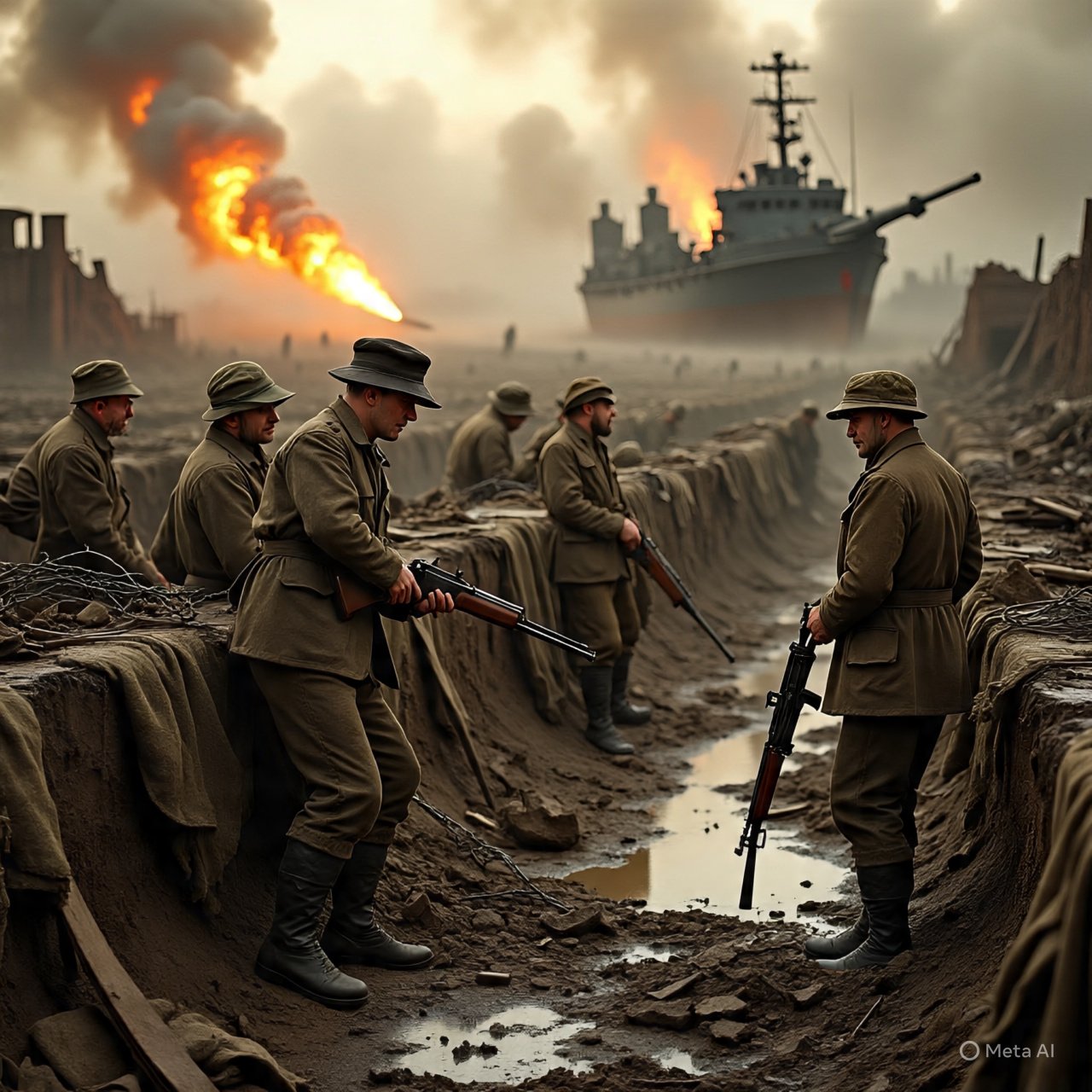
When you read letters and diaries from trench soldiers, what stands out isn’t just the horror. It’s the humanity. One soldier writes about missing his mother’s cooking. Another sketches a picture of the sunrise over a devastated field. A group writes a song mocking army rations.
These fragments remind us that the men in the trenches weren’t faceless. They were individuals with dreams, fears, and small joys, caught in something far bigger than themselves.
Why Their Stories Matter Today
So why revisit the trenches now? Because history isn’t just about battles and treaties. It’s about people. The soldiers in those muddy lines lived through some of the harshest conditions imaginable, and their voices still matter.
What this really means is that remembering the trenches is about more than honoring the dead. It’s about understanding resilience, camaraderie, and the cost of war. It’s about seeing how ordinary people endure extraordinary circumstances.
Listening to the Past
The trenches of World War I were places of suffering, fear, and death. But they were also places where men showed courage, humor, and compassion. Their untold stories remind us that even in the darkest times, humanity persists.
The trenches may be silent now, reclaimed by grass and trees, but the voices of the soldiers who lived there still echo if we take the time to listen.
Read More: Why Did So Many Cultures Predict the End of the World?


